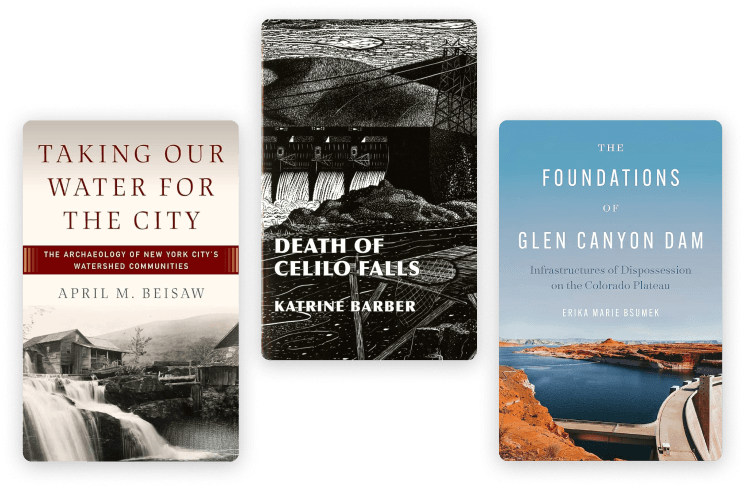Learn More
The Atlas of Drowned Towns builds on, contributes to, and connects with other work on displaced communities. See below for an incomplete list of articles, books, websites, and other resources for learning about places lost to river development.
Please share your knowledge about other such resources!

